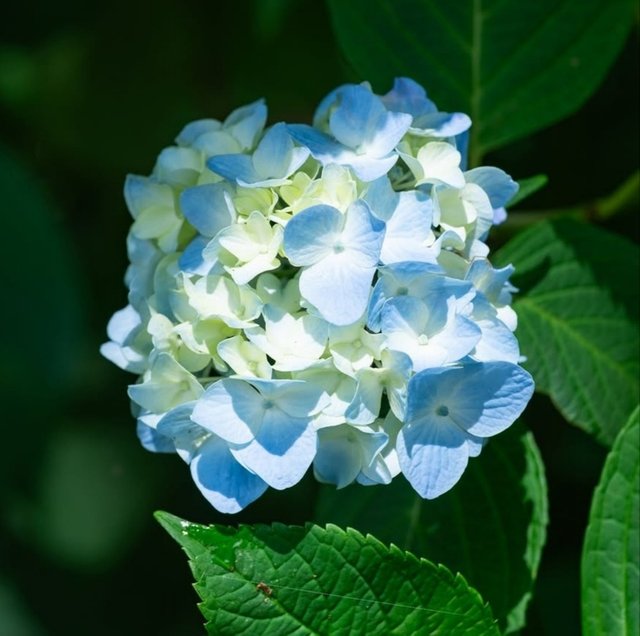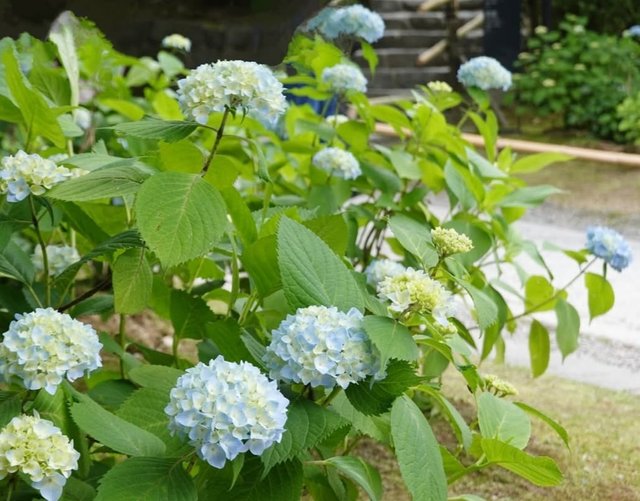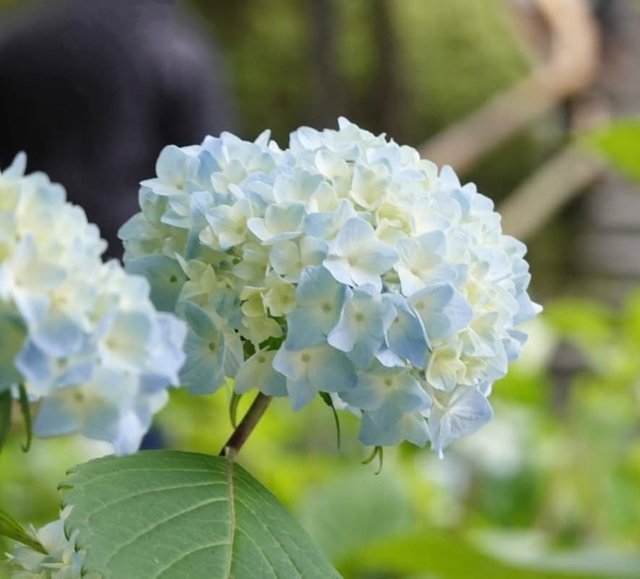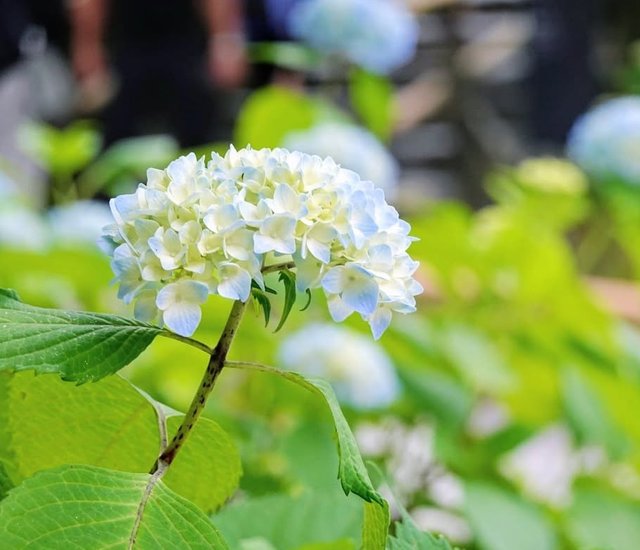Hydrangea Flower So Beauty
Hydrangeas: The Timeless Charm of a Garden Classic
Few flowers can match the ethereal beauty and nostalgic charm of the hydrangea. With their lush, cloud-like blooms and impressive color range, hydrangeas have long held a beloved spot in gardens across the world. Whether tucked beside a white picket fence, lining a shaded woodland path, or bursting from containers on a sunny balcony, these plants are a true celebration of elegance and versatility.
A Brief History of the Hydrangea
Hydrangeas are native to several regions around the world, including Asia and the Americas, with the greatest diversity of species found in Japan, China, and Korea. The name "hydrangea" is derived from Greek — hydor and angeion, which is a nod to the plant’s love of moisture and the shape of its seed pods.
Hydrangeas first captivated Western gardeners in the 18th century, when explorers brought specimens back from East Asia. In Japan, hydrangeas have deep cultural significance, often associated with heartfelt emotion and gratitude. Over time, breeders in Europe and North America cultivated a wide variety of hybrids, enhancing color, bloom size, and cold-hardiness.
Types of Hydrangeas
There are over 70 species of hydrangea, but five main types are typically grown in gardens:Hydrangea macrophylla
This is the most recognizable type, with large, rounded flower heads. They are often grown for their ability to change color based on soil pH — blue in acidic soils and pink in alkaline.
Hydrangea paniculata
Known for their cone-shaped flower heads and vigorous growth, panicle hydrangeas are hardy and sun-tolerant. Varieties like 'Limelight' and 'Pinky Winky' are popular for their changing hues through the season.
Hydrangea arborescens
Native to the United States, this species includes the well-known 'Annabelle' variety. Smooth hydrangeas have white to pale green blooms and thrive in partial shade.




%20(9).jpeg)